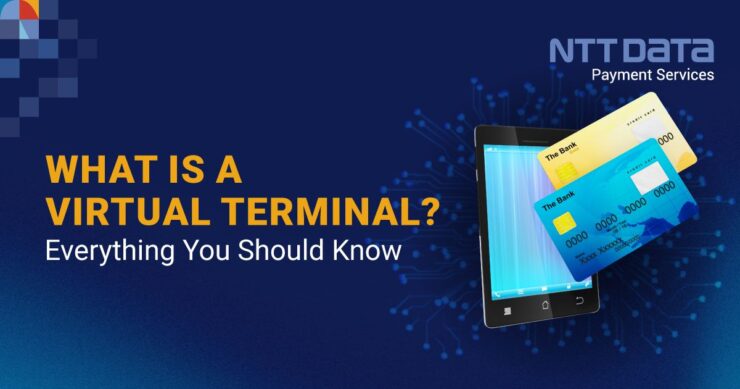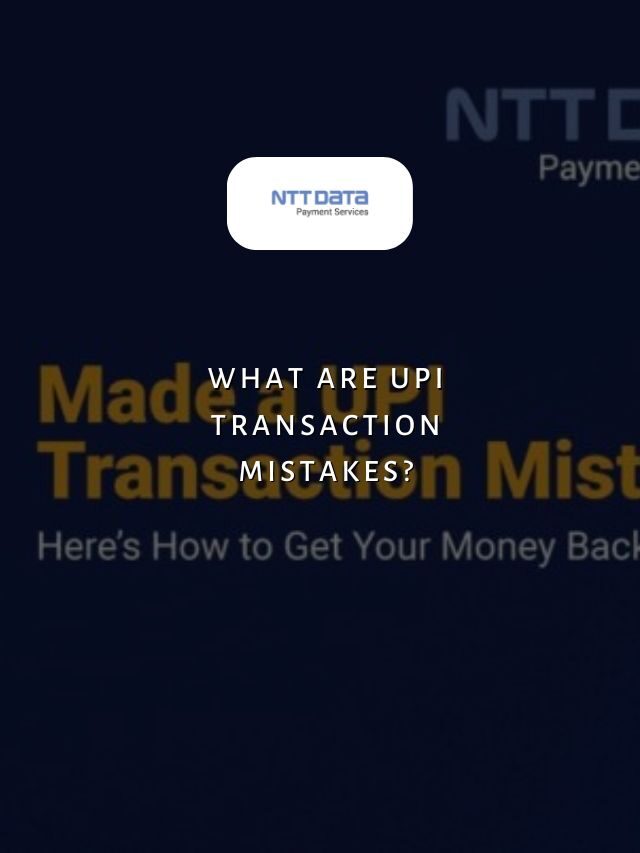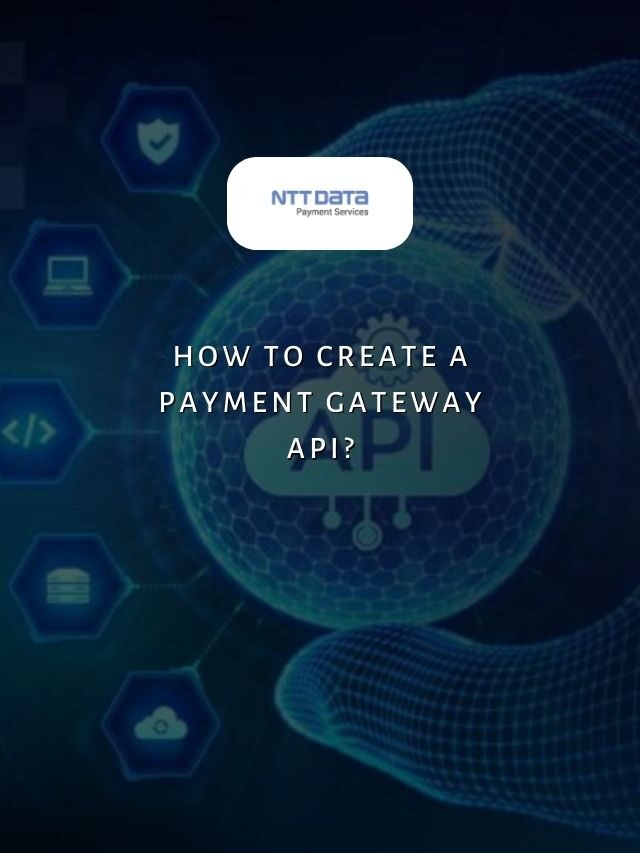
Table of Contents
- 1 Everything You Should Know About Virtual Terminal
- 2 What is Virtual Terminal?
- 3 Recent Web Stories
- 4 Choosing a Virtual Terminal Provider For Your Business
- 5 Secure Your Online Payments with NTT DATA Payment Services
- 6 Benefits of Using a Virtual Terminal
- 7 Maximise Your Business Growth With Virtual Terminals
- 8 Virtual Terminal: FAQs
Virtual terminals have revolutionised the way businesses process electronic payments. They are cloud-based software applications that enable merchants to securely accept credit card payments remotely without needing physical terminals.
Let’s explore the fundamental aspects explaining what is virtual terminals, and offering a detailed understanding of their functionality, benefits, and considerations for merchants.
Everything You Should Know About Virtual Terminal
A virtual terminal is a software application that allows merchants to securely process electronic payments without requiring physical credit card terminals or point-of-sale devices. Simply, a virtual terminal acts as the digital equivalent of a physical credit card machine.
While physical terminals have traditionally been used to swipe or insert cards during in-person transactions, virtual terminals enable merchants to accept payments remotely over the phone, online, or via other digital channels.
As e-commerce and remote commerce have grown exponentially in recent years, virtual terminals have become a convenient payment processing solution for many businesses.
What is Virtual Terminal?
A virtual terminal is a web-based software application that allows merchants to manually key in credit card details to process payments without needing the physical card. It simulates the functionality of a physical point-of-sale device through an online interface that can be accessed from any internet-connected device like a computer, tablet, or smartphone.
Recent Web Stories
How Do Virtual Terminals Work?
The basic workflow for accepting payments via a virtual terminal:
- A merchant logs into their virtual terminal account from any browser.
- The customer’s payment details are manually entered into the secure online forms for the transaction.
- The virtual terminal connects to the payment processor/acquirer to request authorisation.
- If approved, funds are transferred from the customer’s account to the merchant’s bank account within 1-3 business days.
- Merchants can issue receipts, process refunds/voids, and access detailed reports directly from their virtual terminal dashboard.
Virtual terminals digitise the credit card transaction process without needing physical hardware present. This allows merchants maximum flexibility to take payments from any location.
Key takeaways about virtual terminals:
|
Choosing a Virtual Terminal Provider For Your Business
With the growth of payment technology options, merchants now have many choices when selecting a virtual terminal solution. Here are some key factors to evaluate different providers:
- Pricing structure – Compare setup/recurring fees, transaction rates, cancellation policies, etc. Avoid hidden costs.
- Payment types accepted – Ensure support for the specific card brands and digital wallets you need.
- Features included – Check if needed functionalities like recurring payments, subscriptions, and invoicing are supported out of the box.
- Security certifications – Look for providers that use industry-standard encryption and are PCI compliant.
- Customer support – Consider response times, availability of live agents, and self-service support portals.
- Reviews and reputation – Check third-party reviews and ratings.
Secure Your Online Payments with NTT DATA Payment Services
As businesses increasingly move their operations online and look to engage customers through digital channels, having a reliable virtual terminal is essential infrastructure. NTT DATA Payment Services ensures transactions are handled securely and efficiently via direct connections to major card networks.
NTT DATA Payment Services offers a complete payment solution to advance both your offline and online businesses from,
- Payment Gateway India
- POS machines
- IVR payments
- Mobile applications, and
- Bharat QR Scan and Pay
We ensure maximum comfort, convenience, and safety for all your payments.
Benefits of Using a Virtual Terminal
The main advantages that virtual terminals provide over physical terminals include:
- Remote Payment Acceptance: Merchants can process transactions from anywhere via internet-connected devices without customers being physically present. This enables convenient options like mail/phone orders, donations, and more.
- Lower Startup Costs: Virtual terminals have no hardware costs and typically have low/no monthly fees. This makes them much more affordable than physical POS systems for smaller businesses.
- Multi-user Access: Multiple staff members can have their own login to process payments simultaneously from different locations.
- Robust Reporting: Detailed sales reports, analytics, and business insights are easily accessible from anywhere through the online dashboard.
- Technology Agnostic: Virtual terminals work seamlessly across all devices without needing specialised POS software or hardware installations.
- Payment Security: Transactions are processed through secure encrypted connections directly to major card networks to ensure the protection of sensitive customer data.
- Additional Features: Many providers offer advanced capabilities like recurring billing, subscriptions, invoicing, inventory management, and more.
Maximise Your Business Growth With Virtual Terminals
Virtual terminals represent a pivotal advancement in payment processing, catering to the evolving needs of businesses by providing a robust, secure, and flexible means of accepting payments from any location. Virtual terminals have democratised access to electronic payments, particularly benefitting small and medium-sized enterprises.
Virtual terminals’ convenience and cost-effectiveness have helped merchants expand their reach, engage in remote commerce, and streamline their payment operations.
| Also, you can get frequent updates on nttdatapayments Instagram page. |
Virtual Terminal: FAQs
1. What is considered a virtual terminal?
A virtual terminal is a software application, typically web-based, that allows merchants to securely process electronic payments without requiring physical credit card terminals or point-of-sale devices.
2. How do virtual terminals work?
Virtual terminals connect merchants directly to payment processors to submit transaction details securely. Payment information like card numbers and expiration dates are manually entered through a secure online form. If authorised, funds are deposited instantly.
3. What are the benefits of using a virtual terminal?
The following are the benefits of virtual terminals
- Enable remote payment acceptance
- Have lower startup costs than physical terminals
- Allow multi-user access
- Provide robust reporting capabilities
- Ensure secure data handling
- Offer additional features like recurring billing and subscriptions.
4. How do I get started with a virtual terminal?
To begin accepting payments via a virtual terminal, you must sign up for a merchant account with a payment processor. This involves submitting an application with some basic business and banking details. Once approved, you will be provided login credentials to access your secure virtual terminal dashboard. From there, you can start processing transactions immediately using any internet-connected device.
5. What payment types can a virtual terminal accept?
Most virtual terminals accept major credit cards, including Visa, Mastercard, American Express, and Discover. Some processors may have additional local payment methods available as well. Be sure to confirm the specific payment options supported by your provider.







